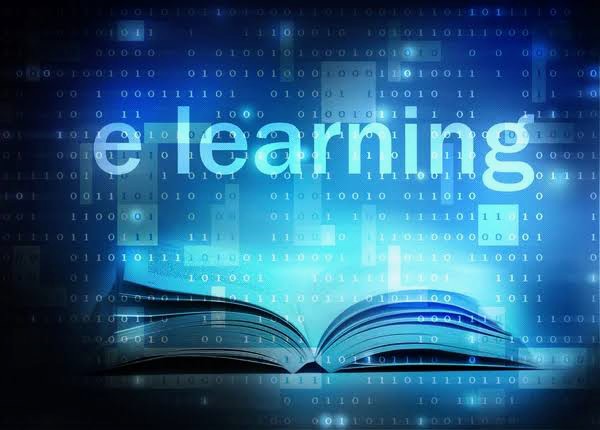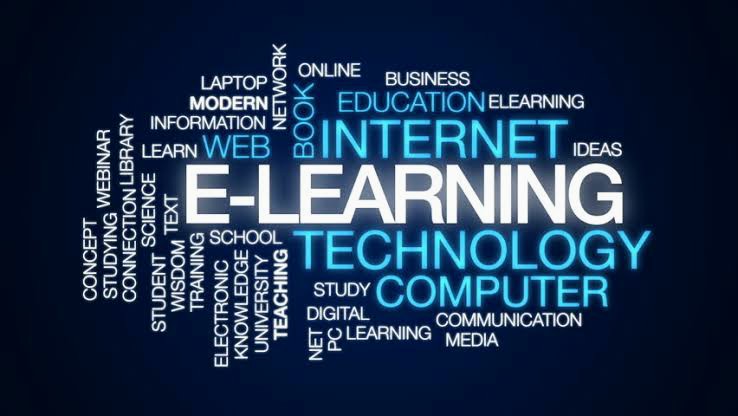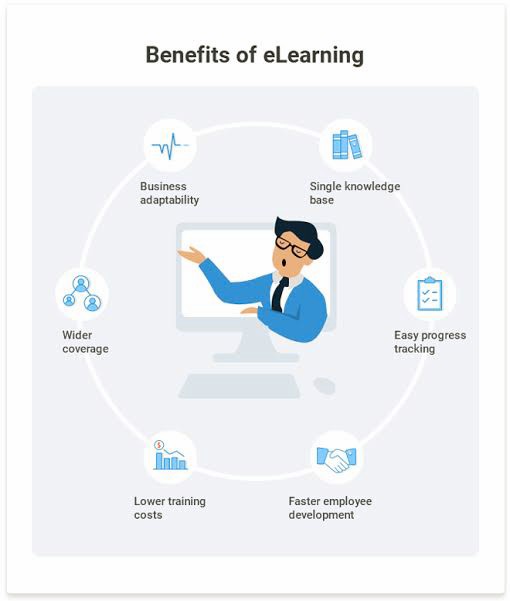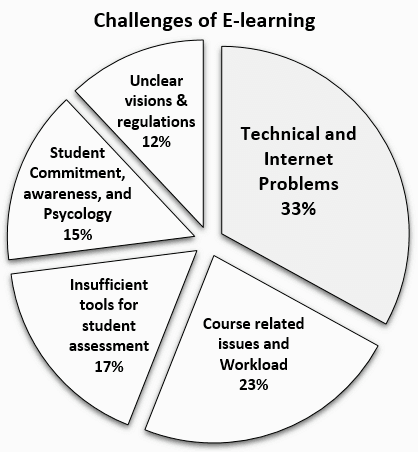
E-Learning: Education for the Digital Age

In recent years, e-learning has significantly transformed education. With technological advancements, traditional classrooms are no longer the sole avenues for learning. Instead, digital platforms provide myriad opportunities for students and professionals alike. Consequently, this shift toward e-learning brings numerous benefits, increasingly recognized across various sectors.
Understanding E-Learning

To begin with, e-learning encompasses a broad range of educational activities facilitated through digital means, including online courses, webinars, virtual classrooms, and multimedia content. As a result, learners can access educational resources anytime and anywhere, making education more accessible than ever before. This flexibility has become a defining characteristic of e-learning, contributing to its widespread adoption.
Importantly, e-learning is not just about transferring information. It also involves interactive components that enhance the educational experience. For instance, many platforms incorporate discussion forums, live Q&A sessions, and group projects, enabling learners to engage actively with peers and instructors. This interactive nature fosters a collaborative learning environment, even in a virtual setting.
Benefits

One of the primary advantages of e-learning is flexibility. Unlike traditional education, which often requires physical attendance, it allows learners to study at their own pace. This flexibility benefits working professionals who need to balance job responsibilities while furthering their education. Additionally, it caters to students with other commitments, such as family responsibilities or extracurricular activities.
Moreover, e-learning platforms like Coursera, edX, and Udacity offer a wide array of courses, catering to diverse interests and skill levels. These platforms collaborate with top universities and institutions, providing learners with access to high-quality content and instruction. For instance, someone interested in computer science can take a course from a prestigious university, regardless of geographical location.
Furthermore, e-learning promotes self-directed learning. Students can choose topics that interest them and explore deeper into subjects at their discretion. This approach encourages curiosity and fosters a love for lifelong learning. Consequently, learners develop critical thinking and problem-solving skills, essential in today’s fast-paced world.
Additionally, the incorporation of multimedia elements—such as videos, podcasts, and interactive simulations—further enhances the learning experience. These tools cater to different learning styles, ensuring that visual, auditory, and kinesthetic learners all benefit. For example, interactive quizzes and simulations provide hands-on experiences that reinforce theoretical concepts. This diverse range of resources helps maintain learner engagement and motivation.
Moreover, it provides opportunities for immediate feedback. Many online courses utilize automated grading systems, allowing learners to assess their understanding of the material in real time. This instant feedback helps students identify areas of improvement and adjust their learning strategies accordingly.
Challenges

Despite the benefits, e-learning presents several challenges. First, it requires a reliable internet connection and access to appropriate devices, which may not be available to everyone. This digital divide can hinder equitable access to education, particularly in underserved communities. Therefore, educational institutions and governments must work toward closing this gap by improving infrastructure and providing affordable access to technology.
Second, the lack of face-to-face interaction can lead to feelings of isolation among learners. Human connection is a vital component of the educational experience, and virtual interactions may not fully replicate the social aspects of in-person learning. However, many platforms incorporate discussion forums, live sessions, and group projects to foster a sense of community. These features encourage collaboration and peer support, mitigating some of the isolation associated with e-learning.
Moreover, self-discipline is crucial in an e-learning environment. Without the structure of a traditional classroom, some learners may struggle to stay motivated and manage their time effectively. Consequently, developing good study habits and time management skills is essential for success in e-learning. Many platforms offer resources and tips on self-regulation and motivation, helping learners stay on track.
Another challenge is the potential for decreased engagement in purely online environments. Instructors must adopt innovative teaching methods to capture students’ attention and maintain interest. By incorporating gamification, interactive activities, and real-world applications of concepts, educators can enhance engagement and improve learning outcomes.
The Impact of E-Learning on Education

Despite these challenges, e-learning has profoundly impacted education. During the COVID-19 pandemic, educational institutions worldwide swiftly transitioned to online learning. This shift not only highlighted the versatility of e-learning but also accelerated its adoption. Many institutions adapted quickly, implementing digital tools and platforms to ensure the continuity of education. As a result, hybrid models that combine online and in-person learning have emerged, providing a comprehensive educational experience.
Moreover, e-learning has democratized education. Learners from remote areas can access high-quality courses from prestigious institutions without relocating. This accessibility breaks down geographical barriers, allowing students to pursue their academic goals from anywhere in the world. Additionally, massive open online courses (MOOCs) provide free or low-cost learning opportunities, making education more inclusive and affordable for all.
The rise of e-learning has also influenced academic approaches. Educators increasingly adopt student-centered teaching methods, focusing on active learning and collaboration. This shift emphasizes the importance of learner autonomy, encouraging students to take responsibility for their education. Instructors serve as facilitators, guiding learners in their educational journey rather than simply delivering content.
The Role of Technology in E-Learning

The integration of technology in e-learning has played a vital role in enhancing the educational experience. Learning management systems (LMS) such as Moodle and Canvas provide centralized platforms for course materials, assessments, and communication. These systems streamline administrative tasks, allowing educators to focus on instruction and student engagement.
Furthermore, advancements in technology have enabled the development of innovative learning tools. For instance, virtual reality (VR) and augmented reality (AR) offer immersive learning experiences that simulate real-world scenarios. In fields such as medicine and engineering, VR can provide practical training in a safe and controlled environment. Similarly, AR can overlay digital information onto physical objects, enhancing understanding and retention of complex concepts.
Additionally, artificial intelligence (AI) is another technological advancement shaping the future of e-learning. AI-powered platforms analyze learners’ progress and suggest personalized resources, tailoring the educational experience to individual needs. This personalization ensures that students receive targeted support, improving learning outcomes and satisfaction.
The Future of E-Learning

Looking ahead, the future of e-learning appears promising. Continuous advancements in technology offer vast potential for creating immersive and personalized learning experiences. The integration of AI, VR, and AR will further enhance the quality and effectiveness of e-learning, making education more engaging and interactive.
As industries advance, the demand for continuous learning and upskilling increases. It plays a crucial role in lifelong education, allowing individuals to stay competitive in the job market. Consequently, organizations recognize the value of e-learning in fostering a skilled workforce, leading to increased investment in employee training and development. Online platforms offer courses tailored to industry-specific skills, enabling employees to adapt to changing demands.
Furthermore, e-learning supports the concept of micro-credentials, where learners earn digital badges or certificates for completing specific courses or modules. These credentials provide a flexible and accessible way to showcase skills and knowledge, enhancing employability and career prospects. As the job market becomes more competitive, micro-credentials offer a valuable supplement to traditional qualifications.
Overall

E-Learning has transformed the educational landscape, offering flexibility, accessibility, and a diverse range of learning resources. While challenges such as the digital divide and the need for self-discipline remain, the benefits of e-learning far outweigh the drawbacks. As technology continues to advance, it will play an even more significant role in shaping the future of education. Embracing this shift is crucial for learners and educators alike, ensuring that education remains relevant and inclusive in the digital age. By fostering a culture of continuous learning, it paves the way for personal and professional growth, preparing individuals for the challenges of tomorrow.



Nice article, e-learning has really paved way for personal and professional growth.